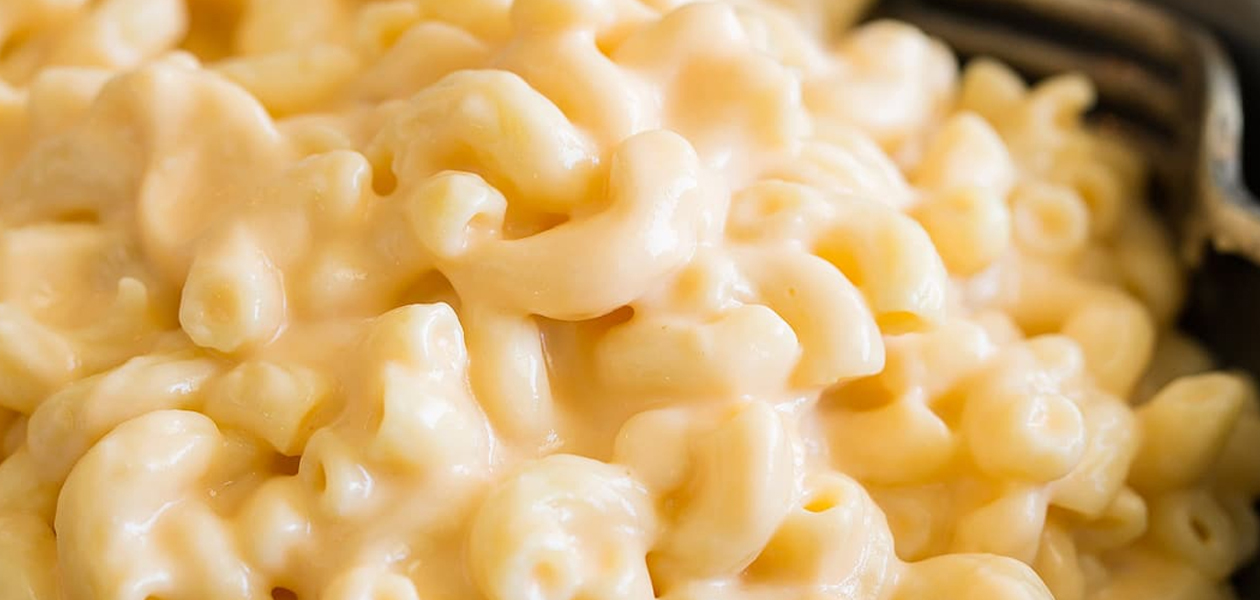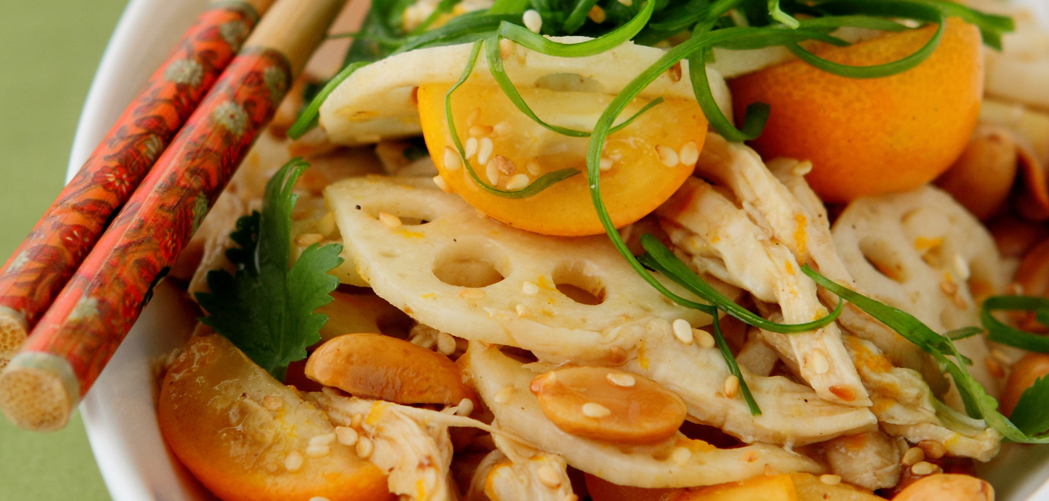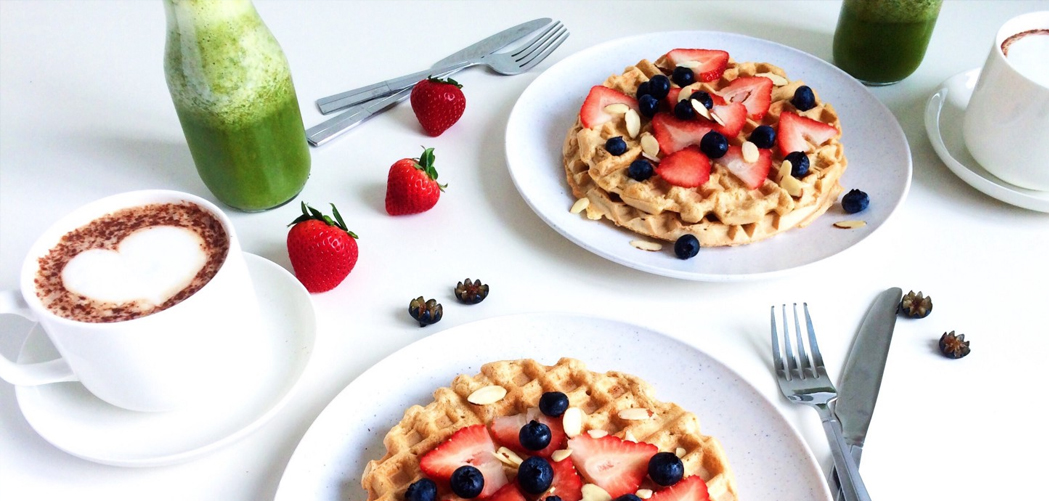Rev up your ramen!

Don’t just boil them – serve instant noodles in interesting and novel ways.
RAMEN is a buzzword these days and even the store cupboard version – instant noodles – has been receiving a lot of attention from lifehackers.
If you are still enjoying instant ramen by just emptying the sachet of seasoning that comes with it into the pot of boiling noodles, it’s time to upgrade.
“Bespoke ramen is so much more fun,” says cookbook author Debbie Teoh who is knocking out fast recipes to take ramen moments from “quickly wolfed down” to ones to be savoured.
Know your ramen
Ramen is made of wheat flour, water, salt and kansui, an alkaline water that gives the noodles elasticity and spring. After mixing into dough, it is rolled, cut into thin noodles and moulded into bricks or cups.
The noodles are then steamed, dehydrated and packed. As part of the dehydration process, ramen is fried, usually in palm oil that can withstand high heat.
The frying has two advantages: it allows moisture to be removed almost completely to ensure a long shelf life, and it creates tiny holes on the surface of the ramen, making it easier for rehydration when steeped in hot water.
Frying ramen
Some of the recipes here require frying the ramen even though it has been pre-fried.
“The noodles are only quickly fried in the factory without any browning,” says Teoh. “Deep- frying it again will brown and further crisp the ramen.”
It is this browning due to a chemical reaction – known as the Maillard reaction – that forms millions of complex flavour compounds in the ramen to give it a distinctive taste.
Teoh says palm-based cooking oil is good for the job due to its high smoke point and neutral taste. “It’s always a good idea to use an oil with the highest smoke point you can find when frying, so that you can achieve that desired crunch safely.”
Because palm olein is also resistant to oxidation, “food that is fried in palm oil remains fresher and crisper for longer too.”
Adding an appetising touch
“Red palm oil like Carotino can also be used to enhance the appeal of food,” Teoh says as she drizzles some on a plate of sesame and peanut butter ramen.
The oil is a good, natural source of Omega 3 and Omega 6 essential fatty acids – nutrients important for good health and cannot be manufactured by the body so they must be supplied by the diet. Carotino also contains Co-enzyme Q10, which helps boost energy and maintain vitality.
Link










Leave a Reply